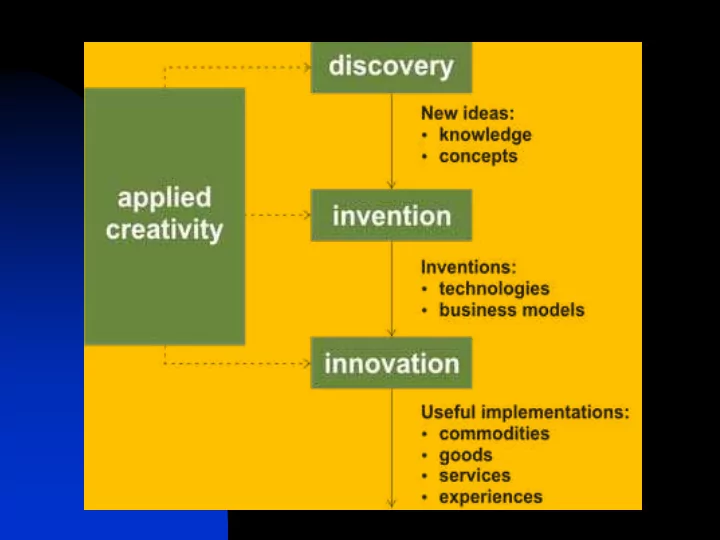

Discovery Faraday’s law: The induced electromotive force (EMF) in any closed circuit is equal to the time rate of change of the magnetic flux through the circuit. This applies whether the field itself changes in strength or the conductor is moved through it. Whereas it was already known at this time that an electric current produced a magnetic field, Faraday demonstrated that the reverse was also true. In short, he proved that one could generate an electric current by passing a wire through a magnetic field. To test this hypothesis, Faraday wrapped a piece of metal wire around a paper cylinder and then connected the coil to a galvanometer. He then moved a magnet back and forth inside the cylinder and recorded through the galvanometer that an electrical current was being induced in the wire. He confirmed from this that a moving magnetic field was necessary to induce an electrical field, because when the magnet stopped moving, the current also ceased.
Thumb = First Finger Motion = Field Second Finger = Current
Invention Faraday disk, the first electric generator. The horseshoe- shaped magnet (A) created a magnetic field through the disk (D) . When the disk was turned this induced an electric current radially outward from the centre toward the rim. The current flowed out through the sliding spring contact m , through the external circuit, and back into the centre of the disk through the axle.
Discovery of Incandescence In 1802, English chemist Humphry Davy demonstrated that by running electricity through a thin strip of metal that strip could be heated to temperatures high enough so they would give off light The strip of metal, called a filament, is resistant to the electricity flowing through it the thinner the metal, the higher the resistance The resistance turns the electrical energy into heat, and when the filament becomes white-hot it gives off light
Invention
Innovation
Sources of Innovation
The Innovation Process Types of Sources of Innovation Innovation Unexpected occurrences Invention Incongruities Extension Process needs Duplication Industry and market changes Synthesis Demographic changes Perceptual changes Knowledge-based concepts
Sources of Innovation Within the Industry The unexpected Success, failure, outside event The incongruity Discrepancy between reality and what everyone assumes to be Discrepancy between what is and what ought to be Innovation based on process need Weak link is evident in a particular process but people work around it instead of doing something about it Changes in industry or market structure Shift in the underlying foundation of the Industry or market structure
Sources of Innovation (cont…) In societal environment Demographics Changes in population’s size, age, structure, composition, employment, level of education and income, literacy, double income parents, increase in life expectancy Changes in perception, mood and meaning Shift in society’s general assumptions, attitudes and beliefs New Knowledge Advances in scientific and non-scientific knowledge Big possibility when advances in two different areas can be integrated to form a basis for a completely new product
Unexpected Occurrences 3M scientists working on new adhesives Basic requirement Strong bond Instead the new adhesive had just enough stickiness to attach and unpeel After several possible applications, 3M came up with Post-it notes Became a blockbuster
One property : different applications
Incongruities Between economic realities A steadily growing market but falling profit margins Ocean freight carriers Larger engines Faster speed Limited improvement in profit margins
Sea Change in Ocean Transport
Malcolm McLean Packing a diverse set of goods Loading large number of nonstandard packages Actual sea transport between ports Unloading the packages Transporting by road/train to final destination Ratio of Loading/Unloading to travel very high Skewed bottlenecking
Process Needs Existing process has limitations Speed Yield Quality Energy consumption Safety concerns
Meeting the Process Need Rectification of alcohol 95% alcohol and 5% water No further purification is possible Innovation: add a third component Benzene Formation of azeotropes Alcohol + Benzene and Alcohol + Water 100% alcohol
Industry and Market Structure Rapid growth Production Marketing Convergence of technologies ICT Mobile phones Deregulation Airlines : Low cost carriers Telecom : Value-added services
Demographic Changes The most reliable source Demographic events have known lead times By 1970, all developed countries knew Fall in birth rates Education explosion Huge increase beyond high school Non-availability of entry level workers Japanese took lead and developed Robotics
Changes in Perception Higher life expectancy Better quality of life Huge demand in Healthcare magazines Jogging equipment and apparel Health foods Indoor exercise equipment Young : Inside & Outside Olive Oil Hair Dye Home Loans
New Knowledge Among history making innovations, those based on new knowledge rank very high Many emerge as superstars of entrepreneurship Key characteristics Long lead times High casualty rates Low predictability Multi-dimensional challenges to entrepreneurs Although all the necessary knowledge was available by 1918, first operational computer appeared in 1946 Knowledge based innovation is more market dependent than any other kind of innovation
100 Years of Superconductivity Superconductivity was first discovered on April 8, 1911, by the Dutch physicist Heike Kamerlingh Onnes. Over four decades, applications ranging from the electric power grid to consumer electronics to advanced military equipment have been developed
Genetic Engineering Products
Time from Invention to Production Year of Invention Technology Time Lag 1852 Fluorescence 82 years 1887 Radar 46 years 1891 Zipper 34 years 1907 Television 29 years 1940 Transistor 10 years
Recommend
More recommend